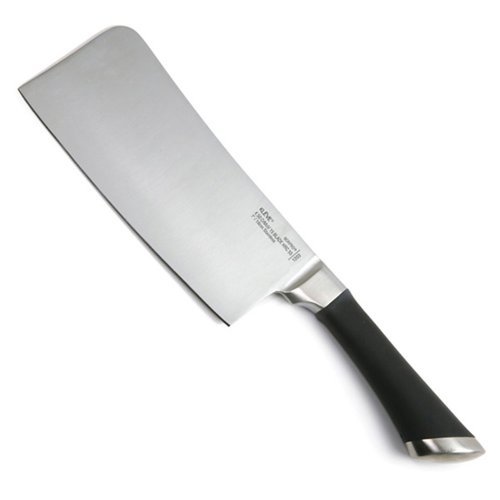Probably one of the knottiest relationships you’ll ever have is with your editor. Who did what? Who’s idea was this? After a few cuts it’s nearly impossible to tell. This is not a bad thing. It’s like having a very close older sibling. He always knows what you’re doing, where you’ve been, and what you’re trying to hide.
I’ve edited (a little bit) for other people, and tried to edit my first film – with the predictable result that I had to hire an editor to get myself out of the hole I’d managed to dig. For Found In Time I didn’t want to go through that again, and so I began my journey with Dan Loewenthal.
Finding The Fit
I interviewed several editors, and all of them were quite good. I liked their reels, enjoyed their company (that’s a biggie), and felt they all had good insights into the film. So what stood out? What was the deciding factor?
Well, there wasn’t one single factor. But experience was part of it. Dan has edited features, docs, infomercials, music videos, shorts, television shows – pretty much everything. He’s also worked in a lot of different genres, beginning with action and horror, but including drama, documentaries, comedies. I felt that Found In Time needed someone who had eclectic tastes and wouldn’t be scared of challenging material (we often shot under very intense time pressures, resulting in less coverage).
Another factor, harder to define, was the sensibility. I prize working with people for whom the work comes before the ego. Don’t get me wrong – a healthy ego is a very good thing. But it’s also good to know when the story is right and your ego is wrong. That’s a challenge for me (as I suspect it is for most writer/directors). My hope is that by working with people who are better at listening to the story rather than their idea of it, I’ll rise to the occasion.
Trust
Trusting your editor is key. A lot of directors don’t like to give up their precious moments, the ones that cost a lot of money or time or effort, even if they don’t translate into good material. Or you have a favorite line that just never came out right or didn’t mean what you think it meant two years ago when you wrote it. The editor is in the room to lend a fresh perspective to your story. Let him or her do that.
Getting Ready For Editing
The best thing you can do is get organized. I’ve covered this in detail in the past (see The Art of slogging), but here’s a very brief overview: have the footage synched, logged, and labelled. Make sure the script supervisor notes, shooting script, camera and sound reports (if any of those were done on set) are in a binder, along with callsheets, production reports, and any inspirational/technical/writing notes you want to write up. Any wild sound, stills, miscellaneous/second unit footage, should also be included. Basically, your editor should be able to just edit, without wondering where the hell the footage is.
That First Cut
If you’re the director and/or producer, the best thing you can do once the editor has all the material is go away for a few weeks. You’re tired, you have no perspective on the footage, and you probably have obligations (your rent, family, friends, squeezes, pets, your next project) that you’ve been neglecting for far too long. Call or email if you must, but unless the editor wants you in the room, you’re better off not being there.
After a few weeks (less if the editor was starting during the shoot), you’ll have the most horrible experience related to the film (at least until you see it in a crappy theater with an out-of-focus projector and blown speakers), the rough cut screening. It’s best NOT to have too many people in the room for this – no cast, crew or friends/family, the minimal number of producers, the editor, and the director. You’ll see the difference between what you thought you shot and what you actually shot.
Here’s how to survive and prosper in the rough cut screening:
- Watch and take notes. Interrupt as little as possible.
- Look for dead spots, where nothing is going on and there’s no point in continuing the shot or scene.
- What’s completely out of place? It could be that a scene has to be excised or moved because it interrupts the narrative flow rather than helps it along; or that a performance that seemed fine on set doesn’t work as well as you’d hoped.
- What’s surprising – in a good way? The footage can sometimes reveal something wonderful that you weren’t expecting or didn’t notice on set.
- What’s the obvious next move? Sometimes, the best way to tackle the second cut is to start with the easy stuff.
I find it almost impossible (most of the time) to work out the "big picture" after seeing a screening. I have to go back to looking at the film atomically, one shot after another. Dan is a lot better than I am at keeping the larger narrative structure in his head. I think this combination is also key – if you and your editor can compliment each other’s sense of scope.
Moving Past The First Cut
In the next entry I’ll talk about how we moved past the rough cut and went through the rest of picture editing.

